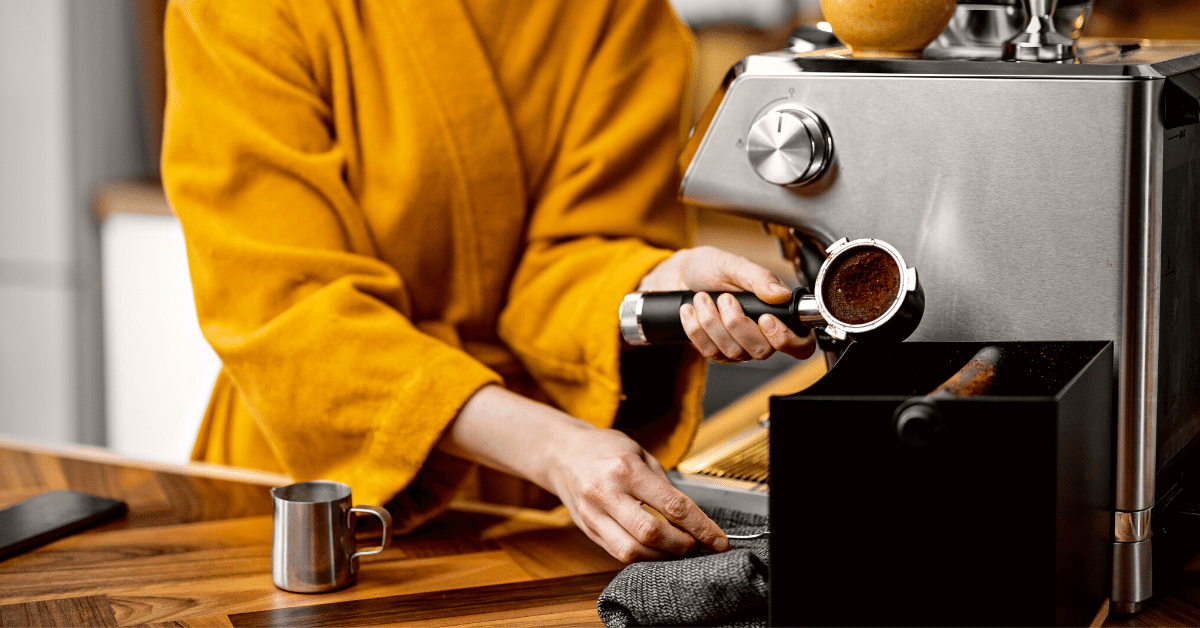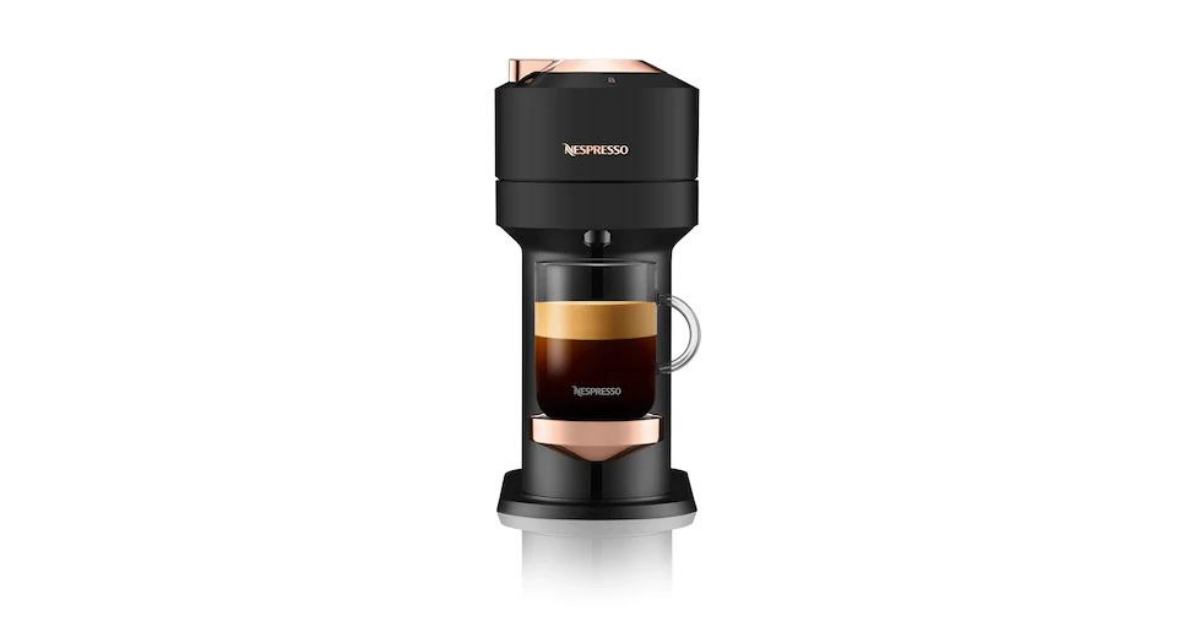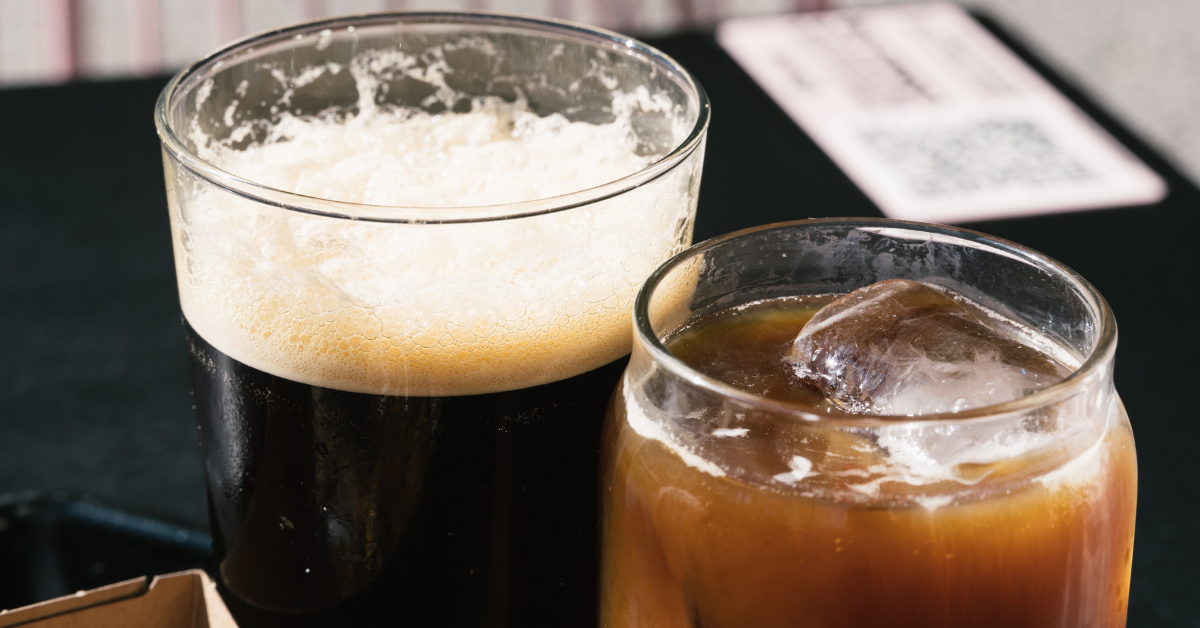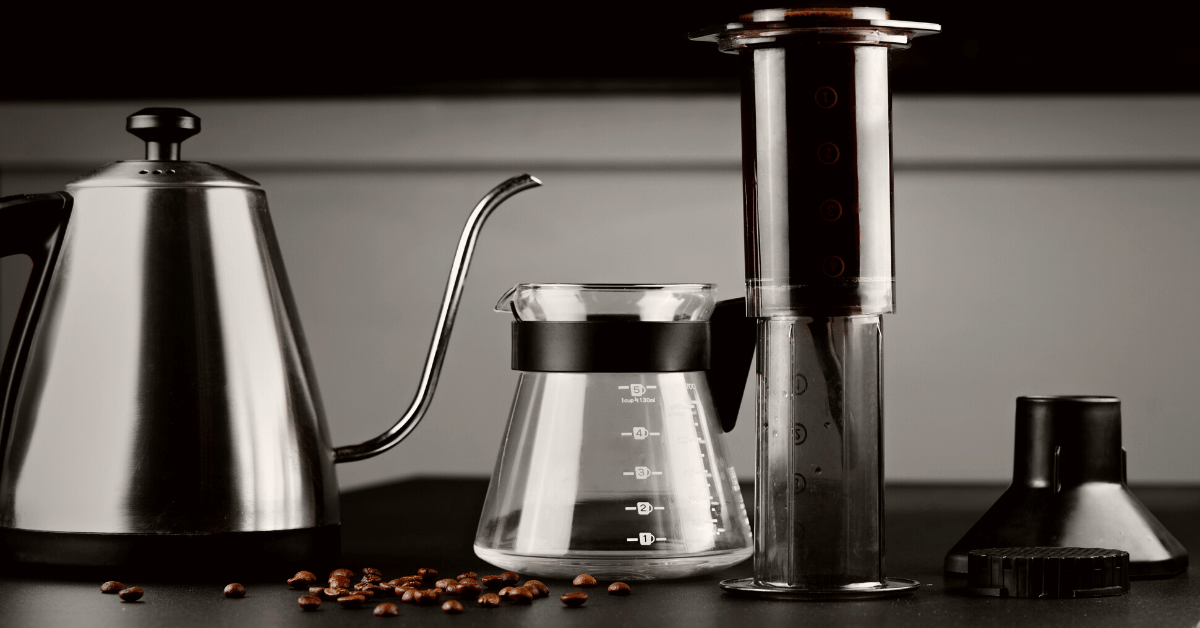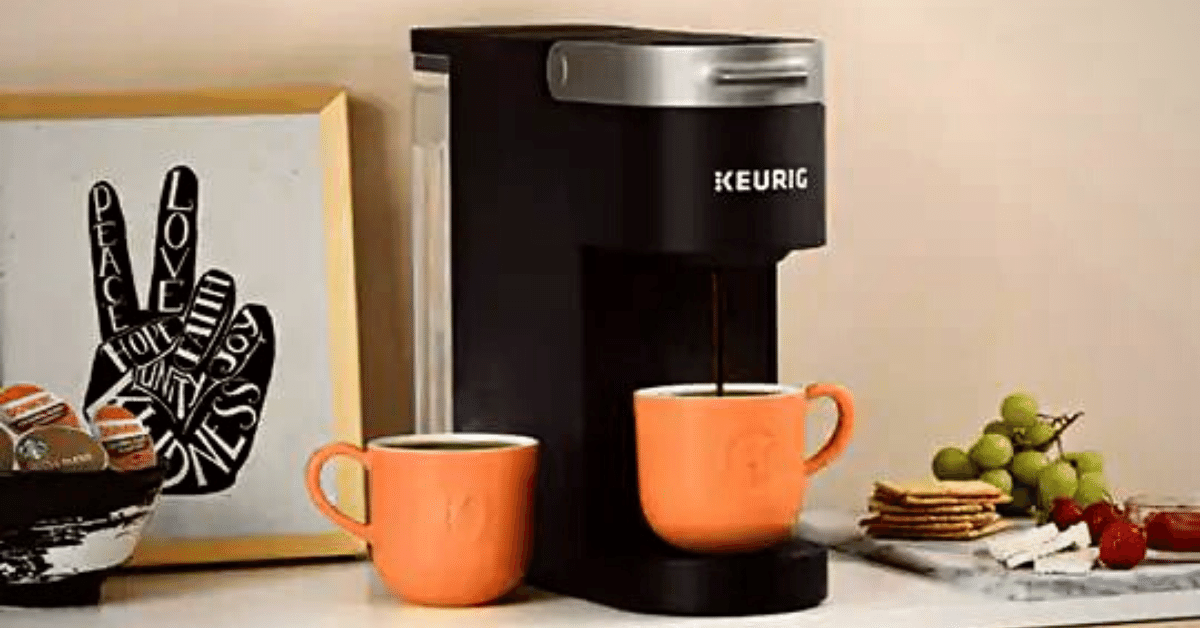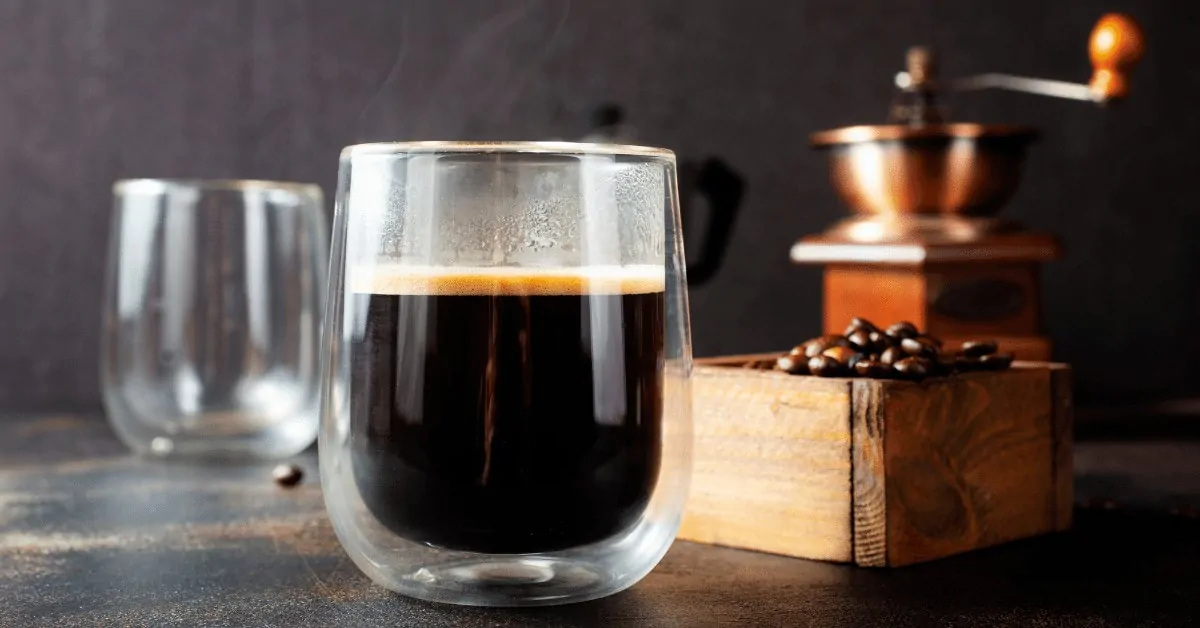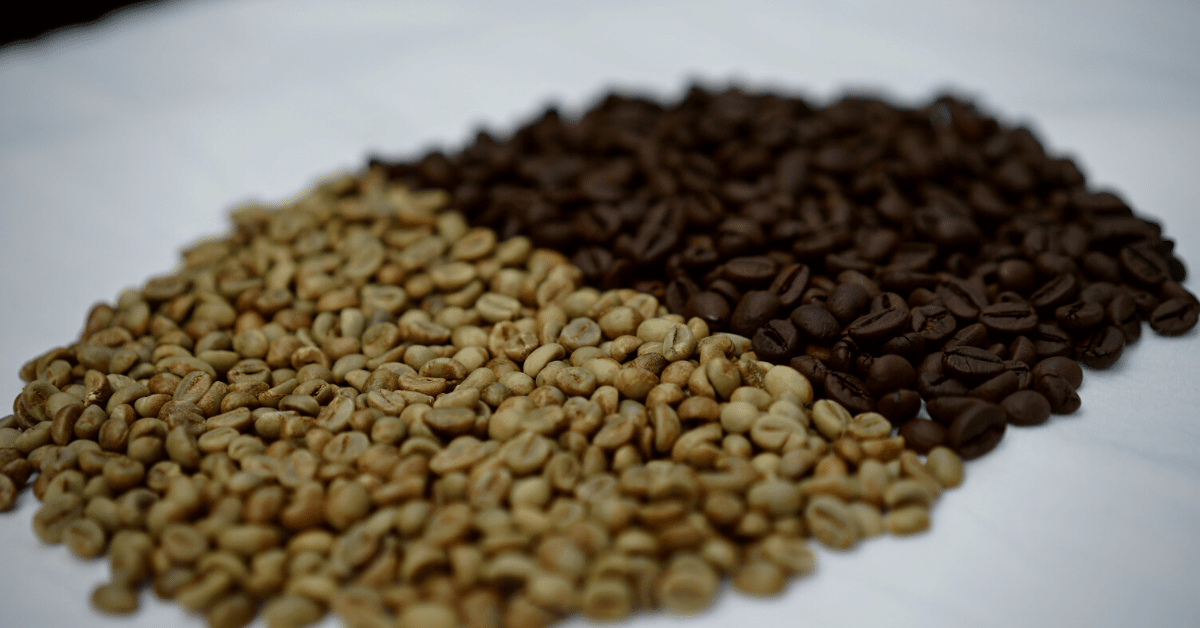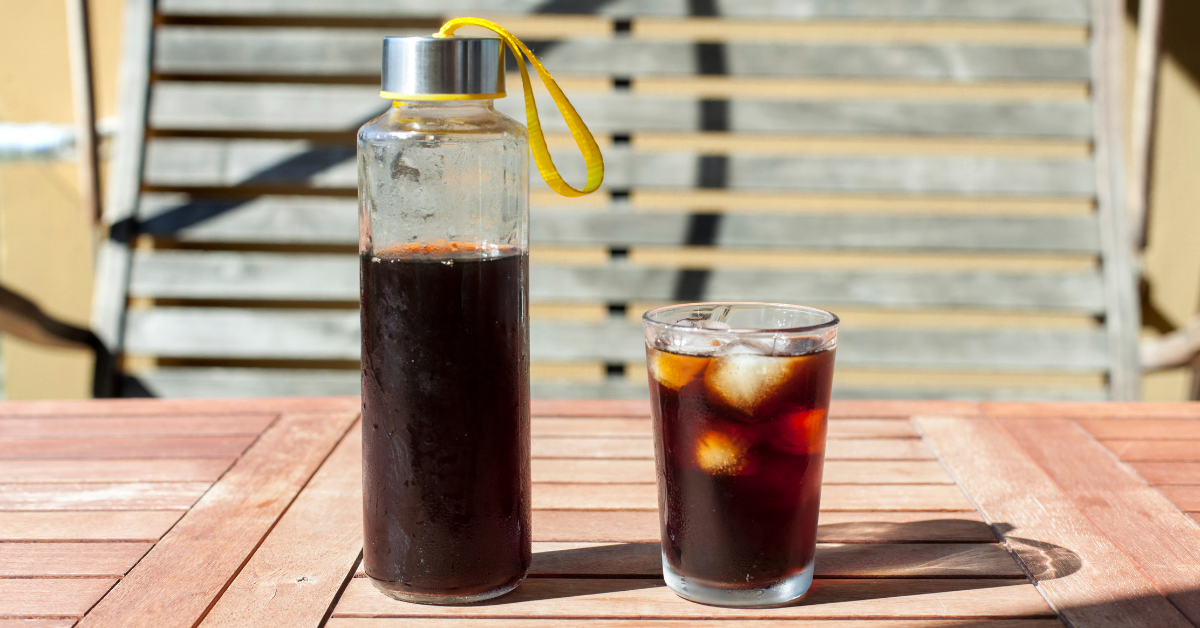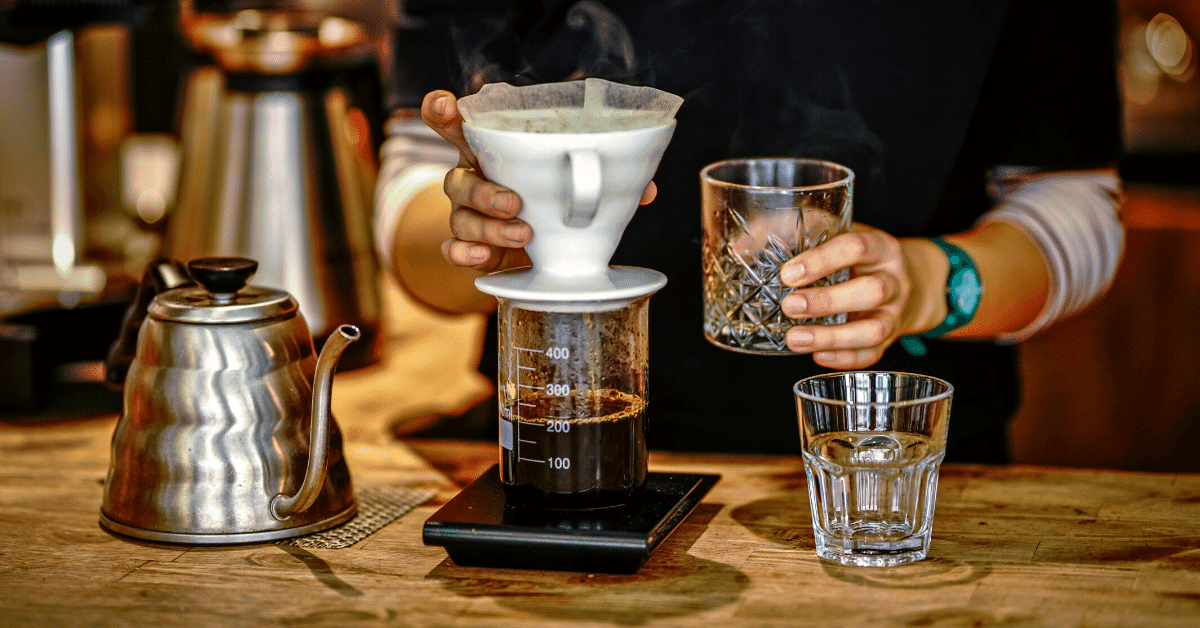Why are espresso machines so expensive? Learn everything you need to know about factors that affect the price of espresso machines.
Espresso machines can cost an arm and leg.
So, what gives?
Why are espresso machines so expensive?
After nearly five years in and around the coffee industry, I have a lot of thoughts on espresso machines.
In this article, I’ll break down all the reasons that espresso machines come with such a big price tag.
Let’s jump right in!
Espresso Machines: The Basics
Espresso machines are expensive because they have a lot of technology under the hood. But they also have a lot of hardware needed to produce true espresso.
But what does that mean exactly?
To help you out, let’s first understand what espresso is.
Espresso is a concentrated version of coffee. It’s made by pressurizing hot water and forcing it through finely-ground coffee beans.
While brewed coffee is typically 8-12 oz per serving, an espresso is only 2-3 oz.
For our purposes, we need to think about the pressurized aspect of creating espresso. Brewed coffee uses gravity to help pull water through coffee grounds. Espresso machines need to produce pressure to brew.
It’s that pressure that makes espresso machines so expensive.
Put it this way: the amount of pressure needed to create espresso is 9 times atmospheric pressure. That’s a ton. Any kind of machine that produces that much pressure will be expensive. Espresso machines are no different.
But let’s break down a few more factors that go into the high price tag associated with espresso machines.
Why are espresso machines so expensive?
The driving force behind the cost of espresso machines is the hardware and technology. But there are a few other things that add up.
They are built from high-quality materials
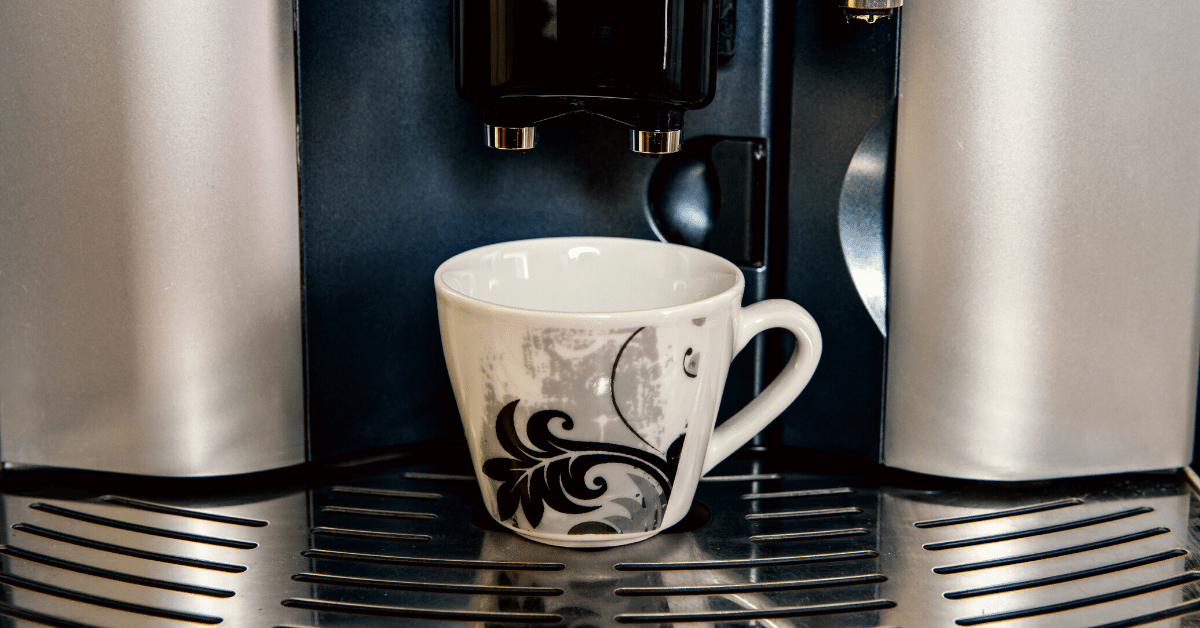
Any time you’re buying an appliance for your kitchen, materials play a big part in the cost.
The better the materials, the higher the cost.
For espresso machines, you can find machines made with plastic bodies and flimsy material. But those machines will be cheap, not durable, and often not produce the kind of espresso you’d find in a coffee shop.
Or, you can pay a little more and get a machine with steel parts. Those machines will cost more, but they will also be more durable and capable of producing quality espresso.
Great espresso needs a great machine
There is a huge range of the quality of espresso you can produce with an espresso machine at home.
Sure, you can find cheap espresso machines. But I can almost guarantee that those machines won’t make that good espresso you’re used to drinking in coffee shops. Instead, they’ll make an unsatisfying brewed coffee.
That’s because they simply don’t have the parts to produce the 9 bars of pressure needed to extract the oils of an espresso.
So, if you want the best possible home espresso, expect to pay more.
The brewing system is intricate
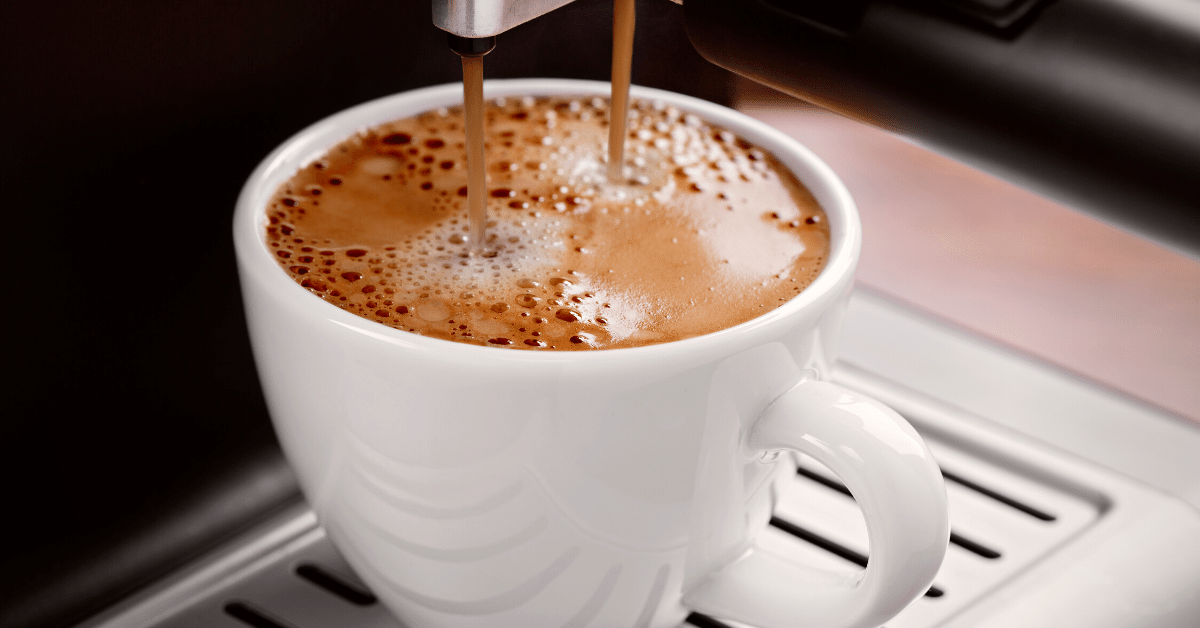
As I mentioned earlier, espresso machines don’t rely on gravity to pull hot water through coffee grounds to brew. Instead, they pressurize water and force that water through finely ground coffee.
On top of that, there are more controls in espresso machines, like water temperature and pressure gauges.
But the real cost comes from the brewing group. That’s the piece of the machine that pressurizes the water before it’s forced through the coffee.
It’s so expensive because it has the most moving parts in your machine. It’s where a lot of the smaller parts are, and it requires more precision to produce.
They sometimes have special features
Espresso machines also have more features than many other types of coffee brewers.
The biggest one that adds a lot of cost is the steam wand.
That’s the wand that allows you to froth and steam milk for drinks like lattes or cappuccinos.
Milk steaming requires similar amounts of pressure to do correctly. You use pressurized water forced through the milk.
Some espresso machines even have a separate water tank and pressurizer specifically for steaming milk. And those machines are very expensive.
There isn’t a high demand for espresso machines
There isn’t a high demand for high-quality espresso machines. That’s especially true in the United States, where espresso culture is much different from other parts of the world.
Many people just don’t want to spend more than $100 on a counter appliance. And I can’t blame them.
So what happens is that there are fewer options and higher prices. And the closer you get to a prosumer or even a commercial espresso machine, the demand drops off even more.
You pay for the brand
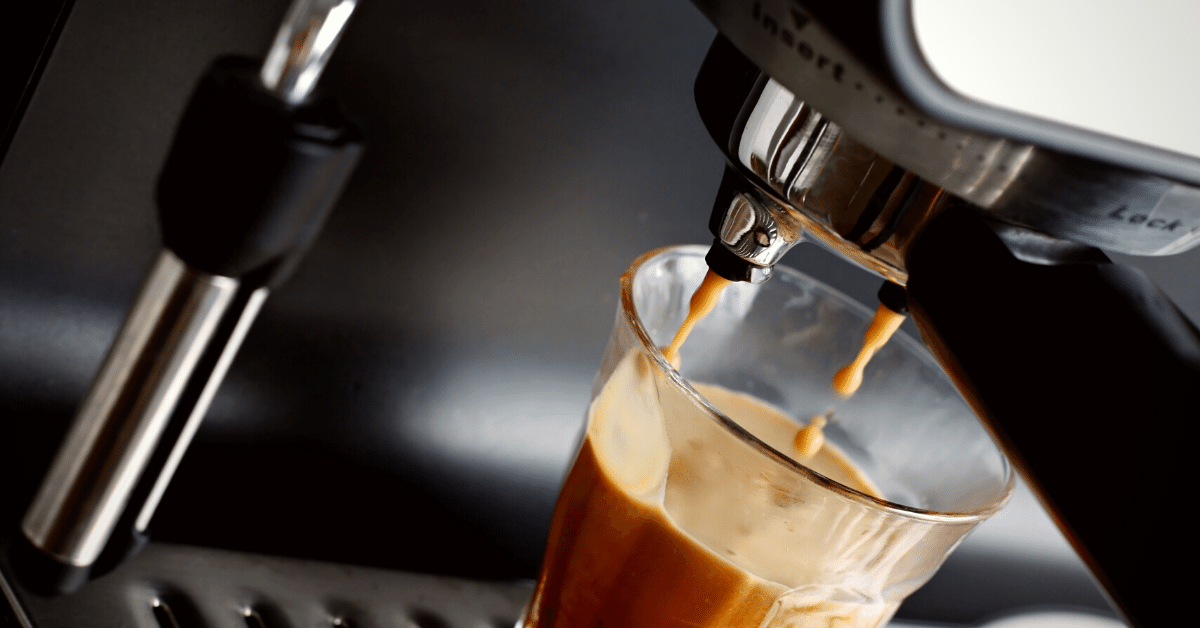
The espresso world isn’t immune to branding wars.
Companies with recognizable brands charge more for similar products. They use their brand recognition to jack up the price for consumers.
What’s nice about espresso machines, however, is that those brands have legitimate reasons to charge that much. They actually make high-quality and reliable machines.
A lot of research goes into espresso machines
There’s a ton of research that goes into espresso machines. After all, we’ve come a long way from the original espresso machines that took up entire counters.
With all the technology and hardware in a machine, it’s important that companies dedicate a lot of time to getting all those pieces right.
Plus, with so many moving parts in an espresso maker, companies want to make sure your machine won’t fall apart after a few uses.
All that time and energy means a higher price tag for you.
Different Types Have Different Costs
Almost any espresso machine is pricier than a regular coffee machine. But there are still different kinds of espresso machines.
And each type of espresso machine comes with a different price tag.
Manual Machines
Manual espresso machines are the ones where you control every step of the espresso-making process.
That means you load and fill the portafilter, tamp the grounds, start the espresso shot, and manually finish it. You have the most control over your coffee with manual machines, but you also have to know how to brew espresso to get the best results.
You also have to steam milk on your own because the machine doesn’t feature a milk frother.
Manual machines range from home use to high-end machines from coffee shops. But typically, you’ll spend a little bit more on a good home machine.
Semi-Automatic Machines
Semi-automatic espresso machines take a little bit of the work away from you.
Typically, semi-automatic espresso machines control the flow rate of the water but leave most other steps to you.
That means you control the portafilter, tamp the grounds, and choose between a couple of different espresso settings. But the semi-automatic machine does the rest.
These machines are best for relative coffee newbies and usually don’t break the bank for a decent one.
However, these can get crazy expensive.
Automatic Machines
Automatic espresso machines give you espresso at the touch of a button.
While you might still have to load and tamp the portafilter, the rest is left to the automatic espresso machine.
An automatic espresso maker will take a lot of the espresso brewing out of your hands. Really the only thing you have to worry about is the grind size.
There is a pretty big range in automatic espresso machine prices.
But typically, these will be on the more expensive side because of the extra technology to control most of the brewing process.
Super-Automatic Machines
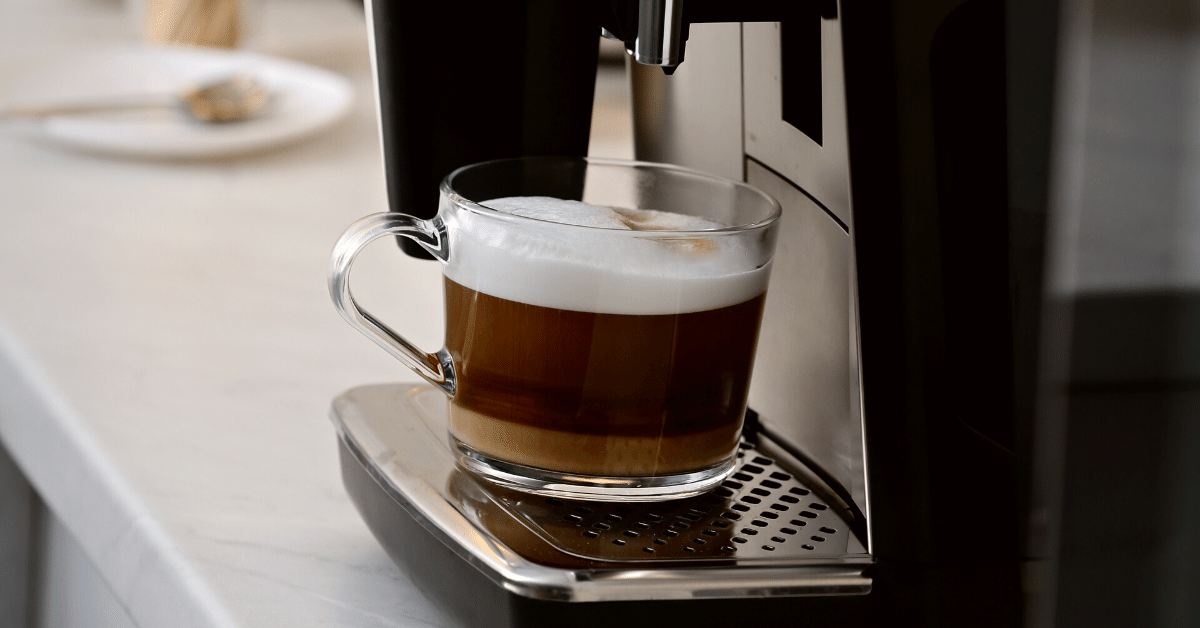
A step above the automatic machines are super-automatic espresso machines. These machines take all the work out of brewing espresso.
Super-automatic machines load and tamp the filter and control the temperature and flow rate of the water. But they can even steam milk all at the touch of a button.
These machines have pre-programmed drinks like lattes and cappuccinos that you can choose from.
And quite literally, you simply place your cup under the spout, select one of the drinks, and wait.
Because of how hands-off these machines are, they tend to be very expensive.
Moka Pot
Moka pots are stovetop alternatives to fancy espresso machines.
They still use pressure to force water through coffee grounds. But they don’t produce enough pressure to create true espresso.
You fill the bottom chamber with water, then the filter with coffee grounds, and then screw on the top. Then place the coffee maker on the stove and wait until the coffee brews.
It’s that simple and hands-off. Plus, they are very cheap relative to fancy machines.
And they still create delicious and strong coffee.
My Final Thoughts
Espresso machines are expensive because of the hardware and technology they need.
They need to produce 9 times the atmospheric pressure. That takes a lot of machinery.
Plus, these machines are made from high-quality materials. And companies spend a lot of time researching and developing their machines.
All that means a pretty high cost for you. But the result is worth it.
Looking for your first espresso machine? Check out our article on the best espresso machine for beginners!

